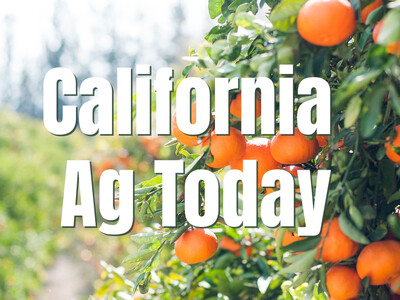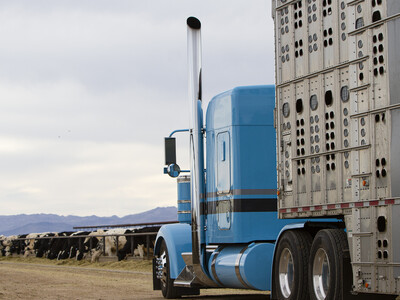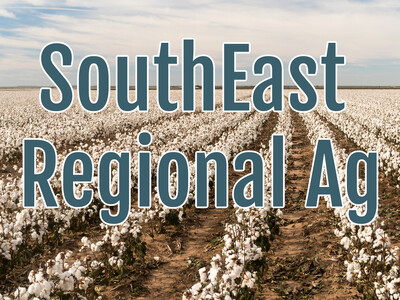Public Access Brochure
The Idaho Rangeland Resources Commission has published a new trifold Public Access Brochure that gives 10 tips to outdoorsy people visiting the state’s rangelands to help them navigate a variety of issues on 28 million acres of wild open spaces in Idaho.The brochures are being distributed to a statewide audience via state Division of Motor Vehicle offices and public land management agencies.
“We were planning on doing the brochure project before the COVID-19 pandemic occurred, but it’s been even more needed after we’ve seen unprecedented levels of public visitation on our public lands in 2020,” said Gretchen Hyde, Executive Director of the Idaho Rangeland Resources Commission.
“Many of these lands are managed for multiple use where people may encounter sheep and cattle grazing. Our tips give people a head’s up about these activities and what to do if they encounter cattle and sheep,” Hyde said. “We also address backcountry navigation in terms of doing research in advance to know where to go, respecting private property, taking extra gear to deal with vehicle breakdowns in areas with no services, packing out litter, tips on safe shooting practices and more.”
The IRRC brochures are available online and more hard-copies are available if people would like to stock them, Hyde said. With big game and bird-hunting seasons kicking in this fall, the brochures can help scores of out-of-state hunters navigate Idaho’s rangelands, she said.
The 10 tips detailed in the brochure:
No. 1 – Know Where to Go – Do research before you go with good-quality online or hard-copy maps, check land ownership before you go; notes on respecting private property and No Trespassing signs.
No. 2 – Be a Good Trail Ambassador – Tips on yielding to other trail users, what to do if you encounter horses on the trail, keep singletrack trails single, and more.
No. 3 – Livestock Grazing – Tips on what to do if you encounter cattle or sheep on the road or on the trail.
No. 4 – Rural Traffic Jams – Giving people a head’s up that they may encounter a cattle drive or a sheep drive on rural roads. Stop and wait for the livestock to move off the road, take pictures and be patient.
No. 5 – Gates and Fences – Open and close gates on Idaho rangelands. Many fences are built to keep livestock in certain pastures. It’s important to keep gates closed to keep the livestock where they’re supposed to be.
No. 6 – No one wants to see Your Mess – Pack out your garbage. Practice Leave-No-Trace principles.
No. 7 – Be Prepared for Backcountry Travel – Many remote areas in Idaho have no services. Be prepared for vehicle breakdowns. Let family members know where you are going in advance. Carry a Spot, GPS with a SOS function, or a satellite phone for emergencies.
No. 8 – Shooting on Rangelands – Tips on target-shooting, including a reminder that shooting at exploding targets is prohibited on public lands. Leave no trace.
No. 9 - Show Respect for Wildlife – Tips on avoiding collisions with wildlife on rural roads and highways. Stay at a safe distance from wildlife at all times.
No. 10 – Prevent Human-Caused Fires – Tips on fully extinguishing campfires before leaving a campsite and other best practices. Typically, more than 75 percent of the wildfires that occur in Idaho each year are caused by careless campers, shooters or other activities.
If you’d like to order hard-copies of the IRRC brochure, please contact Gretchen Hyde at ghyde@idrange.org or 208-866-2466.













